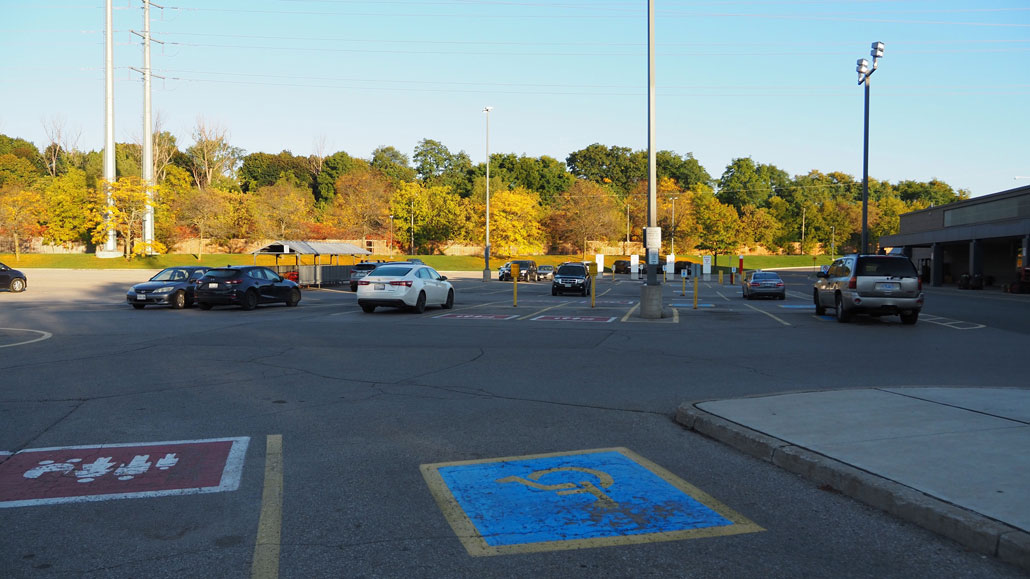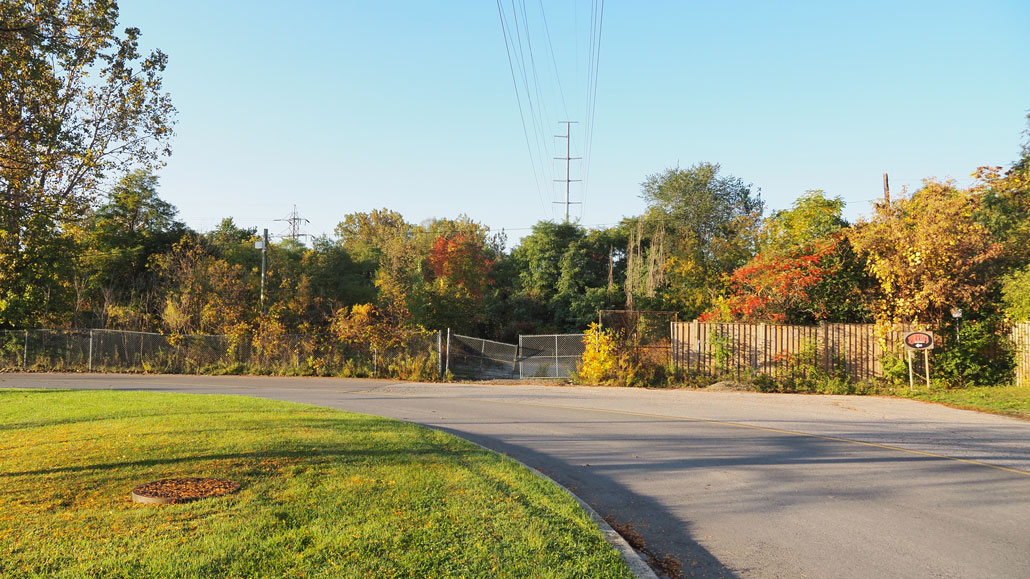
Historically, the City of Toronto and the Province of Ontario have considered the supply of lands reserved for employment to be mostly off-limits for zoning redesignation. However, with the provincially led A Place to Grow: Growth Plan for the Greater Golden Horseshoe in effect since May 2019, and the Ministry of Municipal Affairs and Housing establishing July 1, 2022 as the deadline for municipalities to update their Official Plans to bring them into alignment with the provincial plan, change is afoot. As a result, the City’s Municipal Comprehensive Review (MCR) and Growth Plan conformity exercise is currently underway and the first preliminary recommendation reports are expected in early 2022.
The City’s own website describes the ‘Official Plan’ as “Toronto’s roadmap for land use and focuses on “identifying where growth should go, and what is needed to support healthy, complete communities that are thriving and inclusive…[and] presents an opportunity to address, through planning policy, a number of the growth-related challenges facing Toronto today and in the future.” Sounds great. I hope they do a good job because the City of Toronto is projecting growth of 700,000 people and will need more than 450,000 jobs by 2051. It’s clear that a number of these newcomers will want to live in Leaside. But where?

Where do newcomers go?
The obvious locations for residential development are relatively known to us: along the west sides of Bayview and Laird, across Eglinton, and through various infill projects. But wait, there could be more. The results of the one-year City Council-approved window to submit requests to convert lands designated as Core Employment Areas or General Employment Areas for non-employment uses in Leaside closed on August 3rd but was not made public – until recently, when we learned that more than 150 conversion requests were submitted and eight are in the ’hood.
Why should we care? In the September 2019 issue of Leaside Life I wrote, “Let’s face it, at the heart of the matter is the population densification of Leaside and what that will mean for us.” At the time, the focus was on a stated target of 16,000 new residents or jobs that would need to be created in Leaside as a result of becoming a “Major Transit Station Area” (MTSA), defined as areas within an approximate 500-800 metre radius of a transit station and representing a 10-minute walk.
Two years ago, I came to my own conclusion: “Regardless of the final scope and pace of change we face, the obvious point is that the decision to move down this path has been made. As a result, our collective attention needs to focus on ensuring that Leaside’s ‘carrying capacity’ (i.e., infrastructure) will be able to sustainably support the total number of new residents and/or jobs we expect to have in the future, without further degrading our current level of resources, many of which are already under strain and are ageing.”

Can big players help us solve big problems?
What are the big challenges we face as a community? Take, for example, the conversion request for the Loblaws site at 11 Redway. I see the potential of the site but without having any details I can only speculate at this early stage of the process. If Loblaws’ $4.8B property arm Choice Properties REIT is involved, the vision for the site could be impressive. Just looking at their Golden Mile redevelopment project will give you a sense of the potential future. The project is described as “a dynamic mixed-use community at the gateway of the Golden Mile on the new Eglinton-Crosstown LRT, comprised of retail, residential and office uses in diverse built forms and a new park.”
Here is the part where I think working together with a developer of note and scale could be extremely beneficial for our community. Before the project plans get approved, it would be a tremendous opportunity to bring to the forefront some of the local issues that might be addressed while under development. For the Redway site, some ideas that jump out include: (1) revisiting the ‘Leaside-Redway bypass’ idea to help divert cut-thru traffic trying to get to Bayview, (2) increased funding for a co-developed stewardship plan/program to protect Crothers Woods and enhance the gateway entrance, (3) a railway pedestrian overpass to connect the site to Leaside Gardens and the broader residential community, and (4) wider community indoor and outdoor space. The same ideation process for the other sites yields similar opportunities to benefit the surrounding community.
Of course, there is no guarantee any such ideas will ever see the light of day. Cooperation with the City and the developers will be paramount. As I understand it, there will be considerable opportunity to engage with all stakeholders during the planning process. Both the Federation of North Toronto Residents’ Association and the Leaside Business Park Associations are already named participants in City documentation. But one thing I do know, unless we table our views in a coordinated and organized manner, this opportunity to make improvements that benefit the wider community could go unrealized. Now is the time, while the planning is taking place, to secure the resources needed to ensure that Leaside remains a place we all can live, work and play
What challenges to you want the City to address as a result of the continuing intensification of Leaside? Let us know at .


